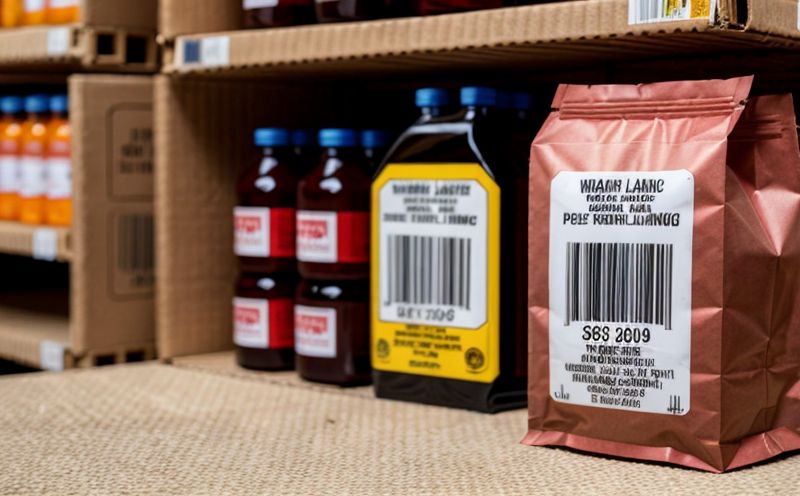CPSIA Warning Label and Tracking Information Compliance
The Consumer Product Safety Improvement Act (CPSIA) is a significant piece of legislation that sets forth specific safety requirements for consumer products, including toys. CPSIA aims to protect children from potentially dangerous materials found in toys by mandating stringent testing and compliance measures. One critical aspect of this legislation pertains to the warning labels and tracking information required on toy products.
Under CPSIA Section 101(a)(4), manufacturers must ensure that all toys comply with the applicable standards, including those related to lead content in paint or coatings, small parts, and flammability. However, beyond these basic safety checks, CPSIA also requires detailed labeling information on the packaging of toy products. This includes:
- Manufacturer's name and address
- The age recommendation for the product
- A warning label that clearly communicates any potential hazards associated with the toy
- Tracking information to trace the toy back to its source if a recall is necessary
Failing to comply with CPSIA can result in severe penalties, including fines and legal action. Therefore, it's essential for manufacturers to ensure that their products meet these requirements. Our laboratory provides comprehensive testing services aimed at helping companies achieve full compliance with CPSIA.
Our team of experts works closely with clients to ensure accurate interpretation of the legislation and implementation of appropriate measures. We offer detailed guidance on what information needs to be included in the warning labels, as well as how to track products effectively. By leveraging our expertise, you can avoid costly mistakes and ensure your toy products are compliant with CPSIA.
Our testing processes cover all aspects required by CPSIA, from evaluating the content of materials used in toys to reviewing the accuracy of labeling information provided on packaging. Additionally, we assist clients in setting up robust tracking systems that allow them to quickly respond to any issues or recalls without delay.
In summary, ensuring compliance with CPSIA's requirements regarding warning labels and tracking information is crucial for maintaining a safe market environment and protecting your company from potential legal risks. Our laboratory offers tailored solutions designed specifically to meet these challenges head-on, providing peace of mind knowing that every detail has been meticulously addressed according to CPSIA standards.
Applied Standards
The Consumer Product Safety Improvement Act (CPSIA) is enforced through various international standards, including:
- ASTM F963-17: This standard establishes requirements for the safety of toys and toy-related products. It covers a wide range of topics from design to labeling.
- ISO 8007:2005: Deals specifically with small parts that can pose choking risks, which is particularly relevant when determining appropriate age recommendations.
- EN 71-3:2019: Focuses on flammability tests for toys and toy components. This ensures that materials used in construction do not ignite easily or burn rapidly.
By adhering to these standards, we ensure our testing methods are consistent with the expectations set by CPSIA and other regulatory bodies.
Why Choose This Test
Selecting CPSIA warning label and tracking information compliance testing from us offers several advantages:
- Comprehensive Coverage: We cover all aspects required by CPSIA, ensuring no detail is overlooked.
- Expertise in Interpretation: Our team stays updated on all changes to CPSIA and provides clear guidance based on the latest interpretations.
- Accurate Results: Using cutting-edge technology and methodologies, we deliver precise test results that meet or exceed industry expectations.
- Rapid Turnaround Times: We understand the importance of timely delivery and strive to provide quick turnaround times without compromising on quality.
- Cost-Effective Solutions
Customer Impact and Satisfaction
Compliance with CPSIA is not just about avoiding penalties; it's also about building trust and maintaining a safe environment for consumers. Here are some ways our services impact customers:
- Enhanced Reputation: By demonstrating commitment to safety standards, companies can enhance their reputation among consumers.
- Avoid Legal Issues: Ensuring compliance helps prevent costly lawsuits and potential shutdowns of production lines.
- Informed Decision-Making





